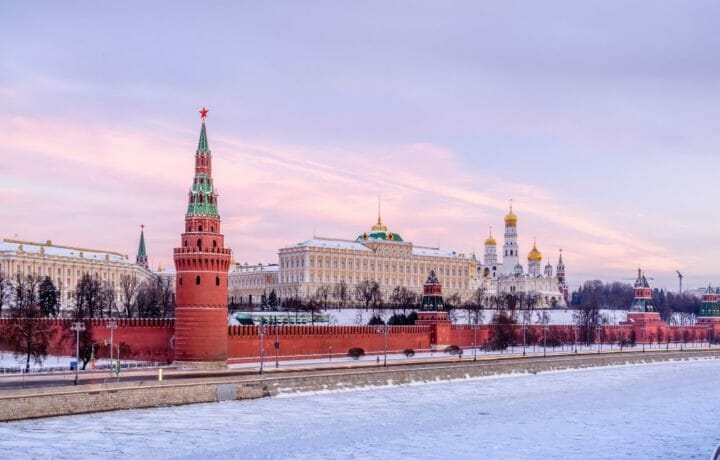Thus far, Ukraine has not experienced the overwhelming Russian air force strikes anticipated during the war with Russia. In addition to the perceived lack of confidence in Russia’s use of military aircraft, Moscow may very well fear the loss of additional fighters and bombers. After losing 17 aircraft, in combat and accidents in Syria, Russia has lost a considerable number of aircraft in the Ukrainian War. Production and maintenance challenges are proving difficult.
This past November, Forbes stated, “Independent analysts have confirmed, through photo and video evidence, the destruction of 184 Russian aircraft. The Ukrainians have captured another 73 aircraft from the Russians for a total of 257 confirmed Russian losses.”
Besides over a hundred drones being destroyed by the Ukrainian military, over 55 Russian fighters and 54 helicopters were destroyed last year. Five additional fighters and a transport plane also crashed in and around the combat zone. Even though these numbers represent just three percent of Russian inventory, the losses are steep. A greater problem is the concentrated losses of Russia’s most sophisticated front-line aircraft. Moscow’s military has lost 15% of their best Sukhoi Su-34 fighters and 25% of its top attack helicopter inventory (Ka-52s). By way of comparison, in one year the Ukrainian military has destroyed twice as many Russian aircraft as the Soviet Union lost during the entire 10-year war with Afghanistan.
Russian Manufacturing Woes
As a seller of aircraft to other nations, these losses and current sanctions have put Russia in an awkward situation. Foreign suppliers of crucial aircraft parts are hesitant to supply Russia during the current sanctions, causing a potential production roadblock. In addition to other challenges, Ukrainian intelligence recently stated that the sanctions are keeping Russia from producing a vital radar plane.
It is not just military aircraft that are experiencing shortages. Last month Airbus CEO expressed his concerns about the airworthiness of the Russian commercial fleet, due to the inability of Russia to access certified spare parts and maintenance under current sanctions. Even though Russia has around 119 Airbus and 55 Boeing aircraft, authorities stated they were, “Ok for another seven years, even though official spare parts running out.” Russia’s Federal Air Transport Agency (FAVT) has approved the cannibalization of aircraft to keep the fleet flying.
Regardless, most analyst agree Russia is losing export sales due to the war, and it appears military aircraft production rates continue to fall. In fact, Russia may have very little military inventory to sell, with most of it being old and unimpressive.
Secret Iranian Handshake
In addition to numerous Iranian provided drones to Russia for the current conflict, U.S. National Security Council spokesman John Kirby said Tehran has sent munitions to Russia. Kirby stated, “We believe Russia might provide Iran unprecedented defense cooperation, including missiles, electronics, and air defense. We believe that Russia might provide Iran with fighter jets.”
The fighters are essential for Iran as they currently operate numerous aircraft from the 1960s and 1970s. Most of these are American aircraft provided before the fall, such as F-4s, F-5s and F-14s along with Bell helicopters. Iran also has a few Soviet era Su-24s. Iran desires newer Su-34 and Su-35 along with the 5th generation Su-57. Russia, even with the sanctions is continuing to produce a few Su-35s, Su34s, Su-30s and Su-57s.
However, a year after Russia’s invasion of Ukraine, analysts are questioning if Moscow’s receipt of Iranian drones is payment “in kind” in exchange for older fighter jets. Russia may currently be able to provide Iran a few older aircraft destined for sales elsewhere, but this is not perceived to be a great enhancement for the Iranian air force.
Russia may eventually be able to repay Iran with newer fighter jets to Iran, which could greatly enhancing Iran. However, most analyst believe a few newer aircraft from Russia will not change Iran’s capabilities and the face of the middle east, as it takes decades to train and build a modern and effective air force. Therefore, Iran’s potential purchases from Russia’s floundering aircraft market may signify weakness of both countries.
Is there a need for concern? According to analyst, assuming a 70% readiness rate, Russia still has over 2500 military aircraft at their disposal. Over a thousand of these aircraft are fighters and bombers.




